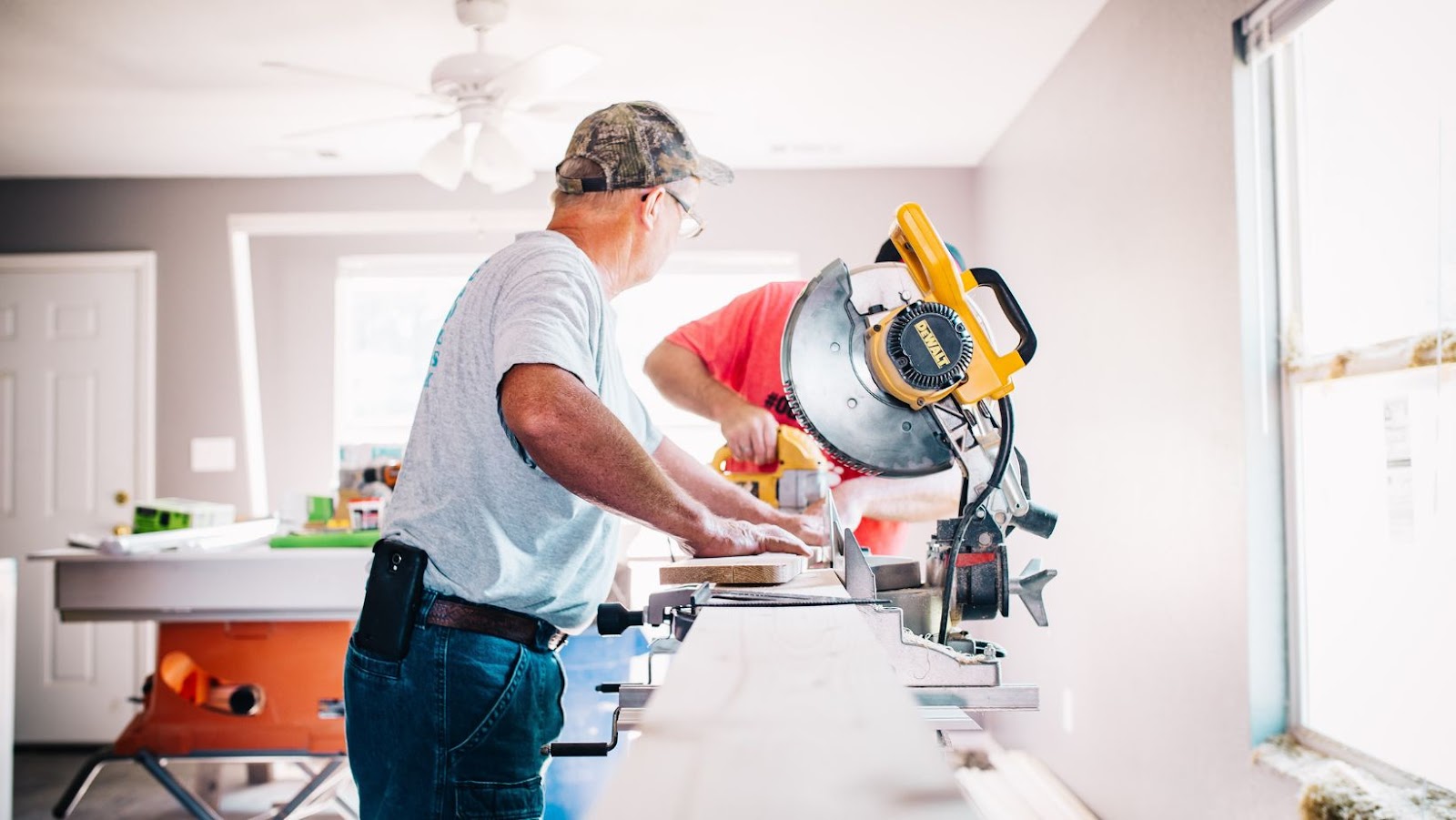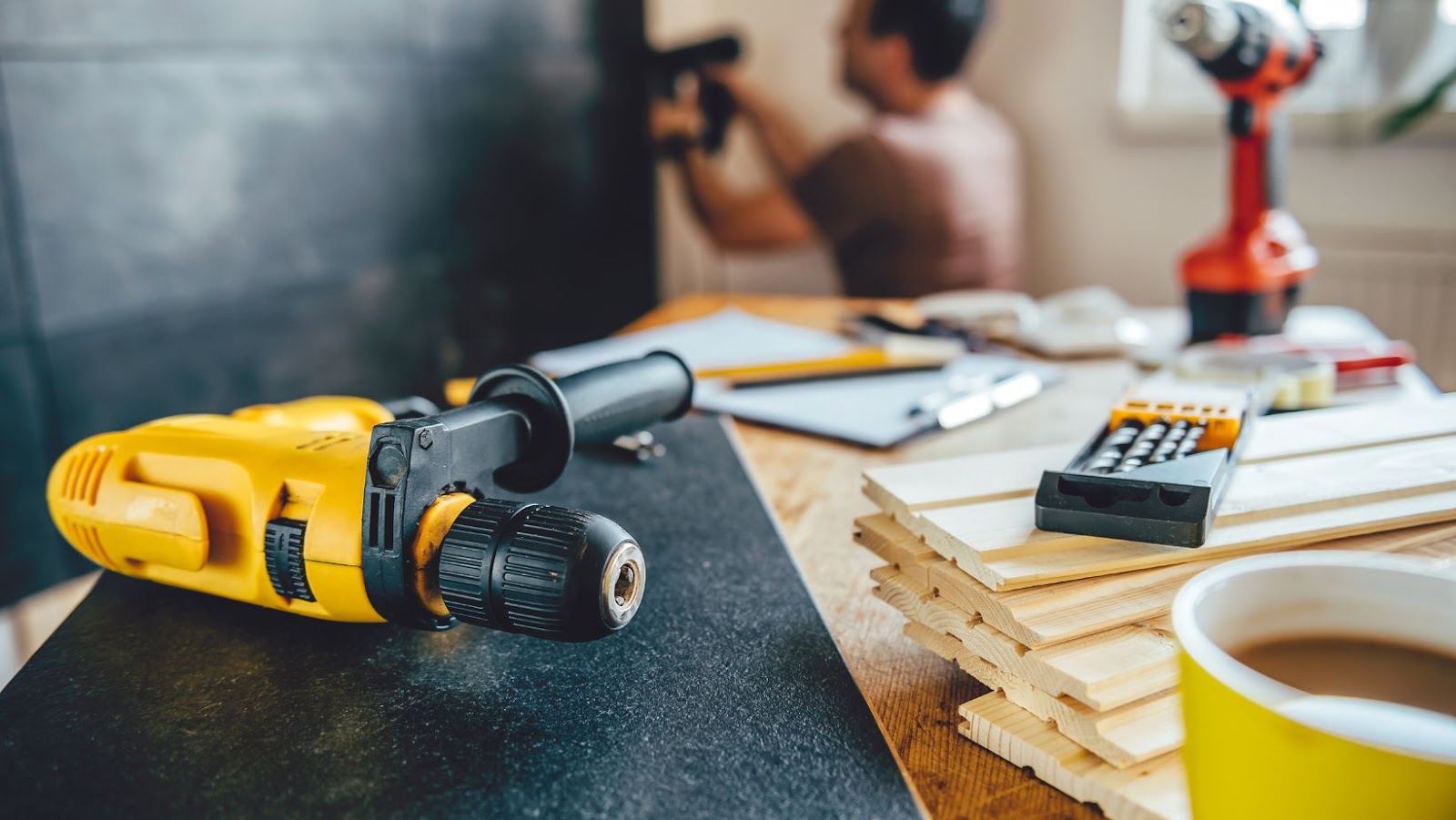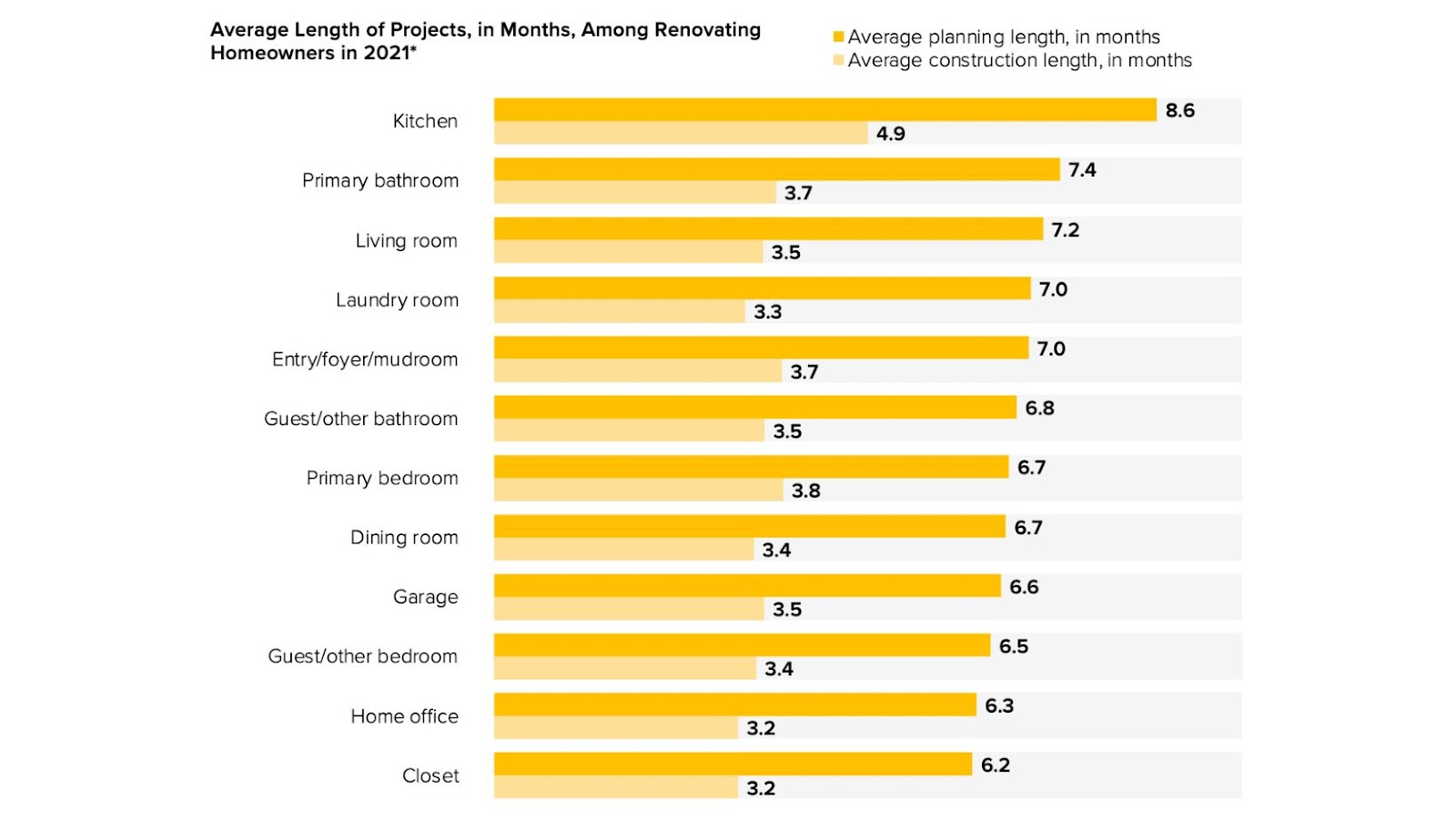 Regarding home renovation, having a clear budget is critical to successfully undertaking any type of project. After all, you want the best outcome while still staying within your limits, so setting a solid budget and hiring a pocket-friendly building contractor should be your top priority!
Regarding home renovation, having a clear budget is critical to successfully undertaking any type of project. After all, you want the best outcome while still staying within your limits, so setting a solid budget and hiring a pocket-friendly building contractor should be your top priority!
In this blog post, we’ll outline the smart way to set up your home renovation budget so that you can enjoy a smooth process from start to finish. We’ll go through various considerations, helping you create an achievable road map for transforming your beloved space into everything you hope it could be.
So whether you are extending walls or purchasing new furniture – or both – join us as we explore how setting up an effective budget done right can help make your next remodel a true success!
Step 1: Estimate Your Total Costs – Consider Materials and Supplies, Labor, Permits, and Other Associated Costs
The first step to any home renovation project is estimating its costs. Whether you’re doing a complete remodel, a minor update, or something in between, it’s essential to get your budget in order before starting anything.
The key is to consider all possible costs and factor them into the overall total. This includes not only materials and supplies needed for the renovation but also labor, permits, and other fees that may be required.
To estimate your total costs accurately, start by listing all the materials you’ll need and figuring out how much they will cost. Research local tradespeople and get quotes on building contractor, plumber, and electrician labor rates, as well as any permits that may be necessary. If applicable, don’t forget to factor in additional costs like dumpster rental or debris removal fees.
Once you have an idea of your total estimated cost, you can decide whether or not it fits within your budget or if you need to adjust accordingly. With this information in hand, you can approach your home renovation project confidently, knowing that you accurately understand the financial aspects involved. Setting a realistic budget is one of the most important steps in a successful home renovation. Prioritizing essential upgrades, researching costs, and working with trusted professionals can help ensure your project stays on track. For homeowners looking for expert guidance and quality craftsmanship, BuildTX Solutions offers reliable renovation services tailored to your budget and vision.
Setting a realistic budget is one of the most important steps in a successful home renovation. Prioritizing essential upgrades, researching costs, and working with trusted professionals can help ensure your project stays on track. For homeowners looking for expert guidance and quality craftsmanship, BuildTX Solutions offers reliable renovation services tailored to your budget and vision. Additionally, if you’re in North Carolina, consider exploring NC custom home design services to create a space that truly reflects your style and needs.
Step 2: Determine How Much You Can Afford to Spend – Do the Math to Ensure the Total Cost Won’t Break Your Bank Account!
When considering a large purchase, it’s essential to do the math to ensure the total cost won’t break your bank account. Before making any major purchase, you should determine how much money you can afford to spend without putting yourself in financial jeopardy.
The best way to do this is by doing a budget analysis. First, list all your regular monthly expenses – rent or mortgage payments, car payments, utility bills, groceries, etc. Then calculate your monthly income and subtract your expenses from that amount. It will give you an idea of how much money you have available for any other purchases you want to make.

If you understand that you are short of the desired amount of money, it makes sense to consider borrowing money. In general, this practice is common. People often use the services of financial companies such as Pay day say or choose a safer option, namely borrowing from friends, family, or colleagues.
Once you know what funds are available for this purchase, add up the estimated total costs for the item, including taxes and shipping fees, if applicable. Suppose the total price is more than what is available in your budget.
In that case, it’s time to consider if there are other ways to save on the purchase, such as using coupons or looking into financing options like payment plans or credit cards with promotional offers. Whatever option works best for you, it’s important not to overextend yourself financially just so that you can get something right away.
Step 3: Set Up a Timeline and Plan – Factor in Time for Decision-Making and Ordering Materials as Needed
Setting up a timeline and plan when completing a project is essential for success. Establishing a timeline helps to keep you organized and on track with the project, ensuring that you can finish it on time and with high-quality results. It is also essential to factor in time for decision-making and ordering materials as needed.
When creating your timeline, you should consider how long each task will take and when deadlines are approaching. Depending on the project’s complexity, it might be helpful to break it down into smaller tasks that can be completed more easily, making the overall job easier to handle. According to Houzz & Home Study, the average construction duration is 6-8 months, depending on the project and the amount of work.

Source: https://st.hzcdn.com/static/econ/2022–US-Houzz&Home-Study.pdf
You should also allow yourself some extra time if something unexpected comes up or if you need more time to make decisions or order materials. Planning ahead like this will help ensure that your project stays on schedule and is completed without any major issues.
Step 4: Research Vendors and Contractors – Get Quotes From Various Sources to Compare Prices and Find Incredible Deals
Researching vendors and contractors for a project can be intimidating, but it’s an essential step in the process. Taking the time to shop for the best prices can save money and help you get the highest quality services or products.
To start:
- Make sure you know exactly what you’re looking for.
- Once you have that list, start contacting vendors and contractors to get quotes.
- Look at the price, of course, but also consider other factors like customer service, quality of products or services, delivery times, and more.
Make sure that whatever company you choose is reliable and reputable, with good reviews from past customers. It may even be worthwhile to ask for references from previous clients to check their track records. While researching vendors and contractors can take some time upfront, it will pay off in the end with better deals and a smoother process overall.
Step 5: Track Spending Along The Way – Keep an Eye on How Much You Are Spending So You Don’t Go Over Budget!
Staying on budget is essential when planning any event or project, and tracking spending along the way ensures that you’ll stay within your budget. Tracking spending means keeping a close eye on how much money you are using and ensuring that you don’t exceed your allotted amount.

This can be done in various ways, such as keeping a spreadsheet or even creating an app to help keep better track of costs. You should also account for hidden expenses like labor and shipping fees, which can quickly add up if left unmonitored.
Additionally, it might be wise to set some buffer funds for unexpected expenses that may arise during the project, such as unexpected repairs or materials needed. Once everything is accounted for, tracking your spending will help ensure that you stay within your budget and don’t end up with financial strain at the end of a project.
The Bottom Line
These steps are critical to successful budgeting for home renovations, large and small. By taking the time to do your research, track spending, and set a realistic timeline, you can make sure your renovation project stays on target – both in terms of cost and completion date.
A well-executed renovation can add value to your home and provide years of enjoyment. For more tips on renovating your home on a budget, be sure to read our other blog posts!























